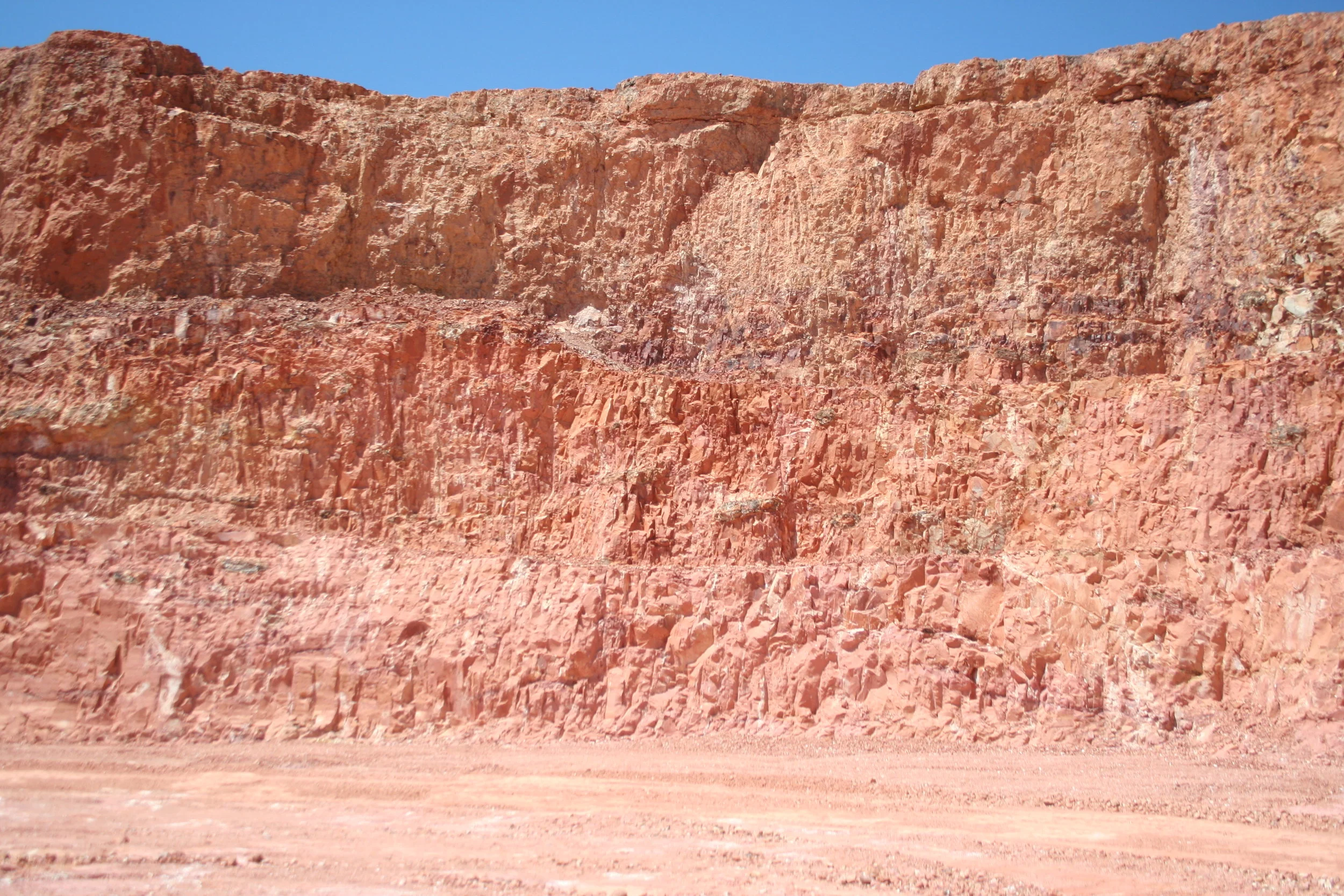Opal is a mineral that belongs to a large group of minerals known as the “Silica family”. Silica, known by its chemical formula as “SiO2”, is a mineral compound of two atoms; Silicon and Oxygen. The most common forms of Silica in our environment are crystals of Quartz, or sand, and also window glass. Opal is unique however as it also has in its formula a component of water or ‘H2O’. The complete formula for opal is SiO2,nH2O. When we look at the letter ‘n’ in the formula it relates to “how much” water is in the Opal.
Read MoreNumerous texts state that the derivation of the word “Opal” comes from the Sanskrit word “upala” although this appears to be the general name given for “precious stones” (Skertchley).
In Greek language, in the first century before Christ, the gemstone was known as “opallios”.
Read MoreOpal is known worldwide as Australia’s National Gemstone and this is because Australian Opal fields produce commercially the highest quality, and most valuable precious Opal gemstones compared with any other source in the world. Without a doubt, the most striking thing about an Opal is it’s distinctive ‘play of colour’. It’s ability to diffract light results in rainbow like colours from every angle.
Read MoreIt has been published that the earliest references to opal are regarding a supposed discovery in Kenya Africa, by the renowned archaeologist Dr Louis Leakey in 1939. Dr Leakey reputedly discovered opal artefacts buried in the “Nakuru” cave which have been dated by modern scientific methods to an age of approximately 4000 BC. Since this time, it has been reported that this reported discovery of opal has been determined not to be opal.
Read MoreThe beginning of the Australian Opal story can be seen in the early expeditions of a man named Johannes Menge, a German mineralogist who reportedly explored for minerals in South Australia and discovered precious opal at Angaston in the Barossa valley in 1841. After this initial discovery of opal, the centre of attention for exploration moved to Queensland where opal was discovered at Listowel Downs Station in central outback Queensland in 1869. Tully Cornwaith Wollaston who travelled to the central Queensland fields in the summer of 1889 became the father of the Australian opal industry. He succeeded in trading and marketing Australian boulder opals in London in 1890, and White Cliffs opal the same year. He also marketed Lightning Ridge opal and opal from the South Australian field of Coober Pedy in 1915.
Read MoreCommon varieties of Opal are found all over the world and in many different localities and environments, perhaps this is why it is called common Opal. Precious opal is found in fewer locations worldwide. However the most important source of precious Opal is in Australia.
Read More





